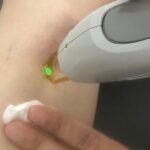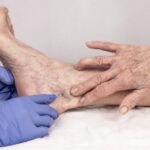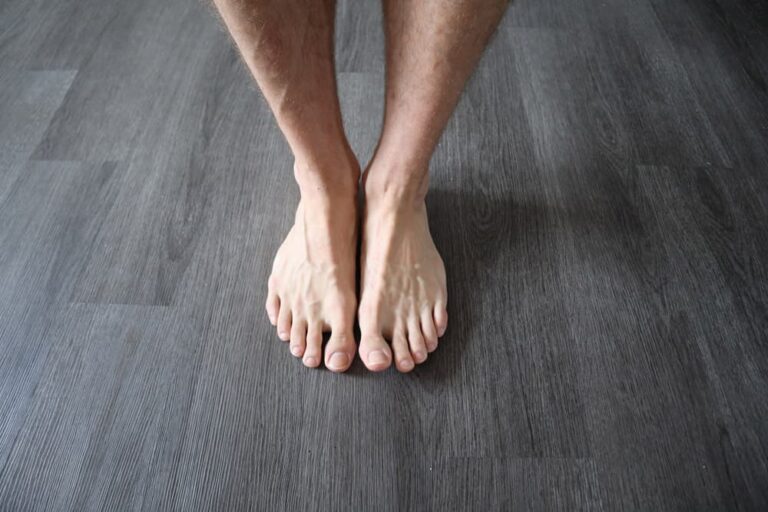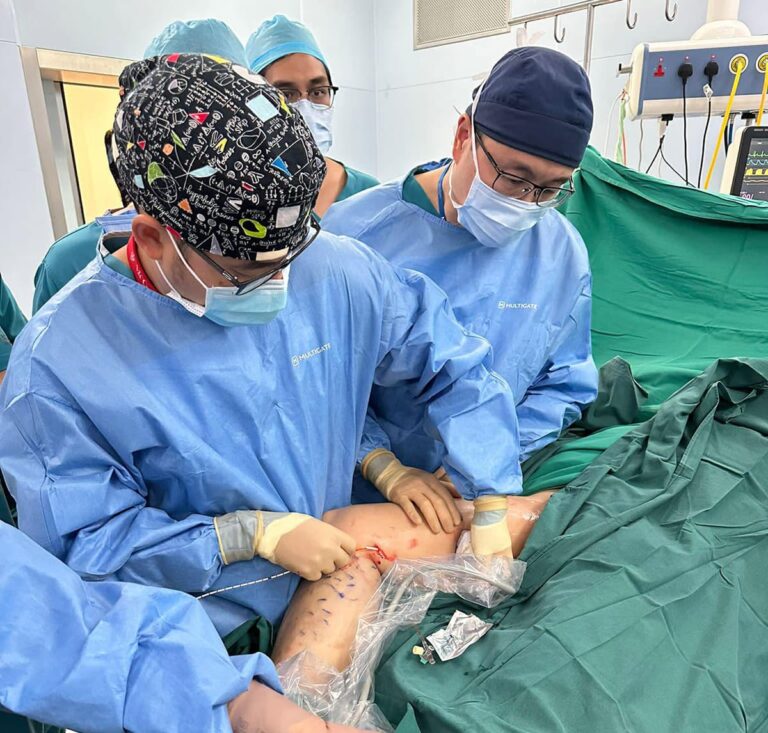The difference between gynaecological conditions is essential for accurate diagnosis and effective treatment. Fibroids and polyps are distinct growths within the uterus. However, they can sometimes cause similar symptoms. This overlap in symptoms can make it difficult to differentiate between the two conditions, leading to confusion. This article tackles the differences between fibroids and polyps, highlighting their symptoms, causes and treatment options.
Who is At Risk of Developing Fibroids and Polyps
Fibroids and polyps are most commonly found in women during their reproductive years. Fibroids, or uterine leiomyomas, are benign tumours that develop in the muscular wall of the uterus and are most prevalent in women aged 30-50.
Polyps are growths that develop in the inner lining of the uterus or the cervix. They are more common in premenopausal or postmenopausal women between 40 and 50. Both conditions can lead to similar symptoms, such as pelvic pain and abnormal bleeding, but their origin and structure differ.
Characteristic
Fibroids
Polyps
Location
Within the uterine muscle
Inner lining of the uterus or cervix
Size
Can vary greatly, ranging from small to large
Typically smaller, often less than 1 cm in diameter
Appearance
Non-cancerous tumours
Growth-like structures
Attachment
No stalk embedded within the uterine wall
Attached to the uterine wall by a thin stalk or broad base
Multiplicity
Can be single or multiple
Can be single or multiple
Hormonal Influence
Influenced by hormonal changes
Influenced by hormonal changes
Characteristic
Location
Fibroids
Within the uterine muscle
Polyps
Inner lining of the uterus or cervix
Characteristic
Size
Fibroids
Can vary greatly, ranging from small to large
Polyps
Typically smaller, often less than 1 cm in diameter
Characteristic
Appearance
Fibroids
Non-cancerous tumours
Polyps
Growth-like structures
Characteristic
Attachment
Fibroids
No stalk embedded within the uterine wall
Polyps
Attached to the uterine wall by a thin stalk or broad base
Characteristic
Multiplicity
Fibroids
Can be single or multiple
Polyps
Can be single or multiple
Characteristic
Hormonal Influence
Fibroids
Influenced by hormonal changes
Polyps
Influenced by hormonal changes
Understanding these differences in characteristics, appearance and hormonal influence is crucial for accurate diagnosis and appropriate treatment. Our vascular specialists, Dr Tang Tjun Yip and Dr Julian Wong assess these differences and provide clarity to patients by conducting thorough evaluations, including imaging studies and diagnostic procedures.
If you suspect you have fibroids or polyps, consult our vascular specialists for comprehensive care and personalised treatment options.
Fibroids VS Polyps: Recognising Symptoms and Differences
Fibroids and polyps share some common symptoms, leading to confusion and misdiagnosis. They may coexist in some cases, further complicating diagnosis. Distinguishing between the two conditions can be challenging without proper evaluation by our vascular specialists.
Fibroids Vs Polyps Symptoms
Fibroids

Constipation

Backache or leg pains

Pain during intercourse
Polyps

Irregular menstrual bleeding

Postmenopausal bleeding

Pain during intercourse

Infertility

Pelvic pain or pressure
How Our Vascular Specialists Empower Your Fibroid and Polyp Diagnosis and Treatment
The Vascular and Endovascular Clinic (VEC) recognises the importance of a comprehensive approach. Our skilled vascular specialists work with gynaecologists to identify and evaluate fibroids and polyps, empowering you with a complete picture of your health.

Step 1: Imaging Technology for Precise Identification
VEC utilises imaging modalities, including
- Ultrasound with Doppler Imaging: This non-invasive technique visualises the uterus and surrounding structures and assesses blood flow patterns within fibroids and polyps. This information can be crucial in differentiating between these conditions and even pinpointing the exact location of the growth.
- Angiography: Vascular specialists don’t directly treat polyps. However, their experience in vascular imaging can be valuable in diagnosing polyps on blood vessels near the uterus. If a doctor suspects this type of polyp, our vascular specialists may perform specialised angiography procedures. This technique uses X-rays and contrast dye to create detailed images of the vascular system, visualising the polyp’s origin and blood supply.

Step 2: Collaborative Consultation with Your Gynaecologist
At VEC, we understand the importance of collaboration. Our vascular specialists work with your gynaecologist, sharing their findings and expertise. This collaborative approach ensures a comprehensive diagnosis and paves the way for a personalised treatment plan tailored to your needs.

Step 3: Empowering You with Tailored Treatment Options
Following a thorough evaluation, our vascular specialists and your gynaecologist will discuss the diagnosis. They will explain the implications of the findings and explore all available treatment options, including:
- Conservative approaches: This may involve monitoring or medications to manage symptoms.
- Minimally invasive procedures: VEC offers Uterine Fibroid Embolisation (UFE). During this procedure, our vascular specialists guide a catheter through the groin artery to the blood vessels supplying the fibroids. Tiny particles are then released to block blood flow, causing the fibroids to shrink and die.
- Surgical intervention: In some cases, surgical intervention may be necessary for fibroids and polyps.
Gain a deeper understanding of your condition and participate in making informed decisions about your treatment path. The Vascular and Endovascular Clinic’s collaborative approach empowers you to take control of your health journey and achieve an optimal treatment outcome.
Experience Collaborative Care in Vascular and Endovascular Clinic
Fibroids and polyps can impact a woman’s well-being in distinct ways. Fibroids can cause heavy bleeding, pelvic pain and difficulty with everyday activities. Polyps present with irregular bleeding and may contribute to fertility challenges.
Our team bridges the gap between vascular and gynaecological expertise. Our vascular specialists use imaging like Doppler ultrasound to identify fibroids and assess blood flow patterns. This information is vital for diagnosis and procedures like Uterine Fibroid Embolisation (UFE), a minimally invasive treatment offered at VEC. Through clear communication and evidence-based procedures, we work with your gynaecologist to develop a personalised treatment plan.
Don’t let fibroids or polyps cast a shadow on your health journey. Schedule a consultation with VEC today.











